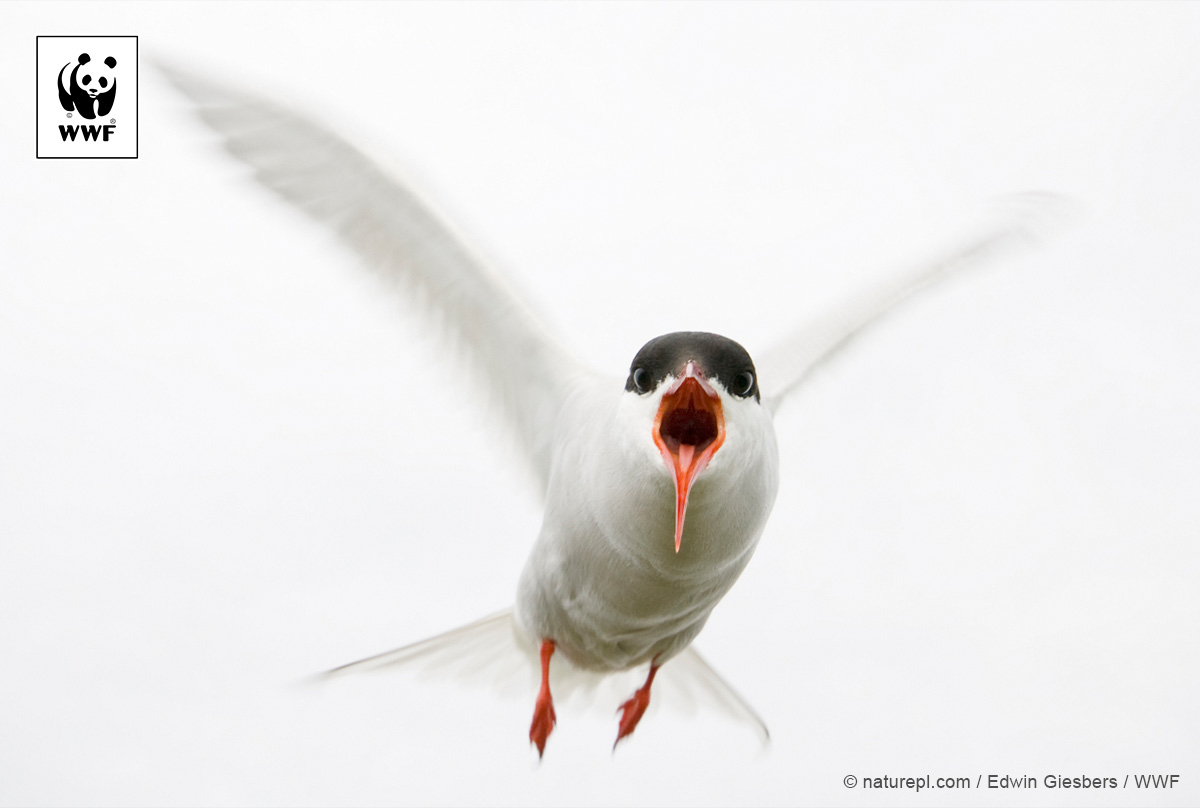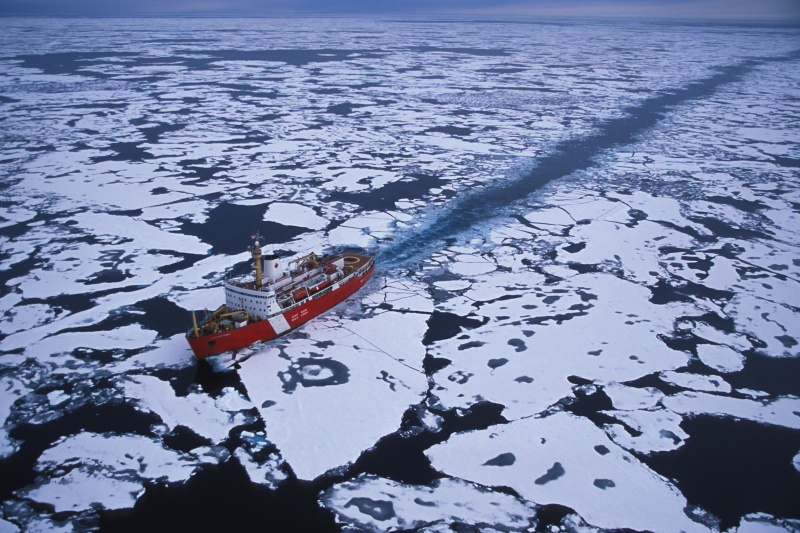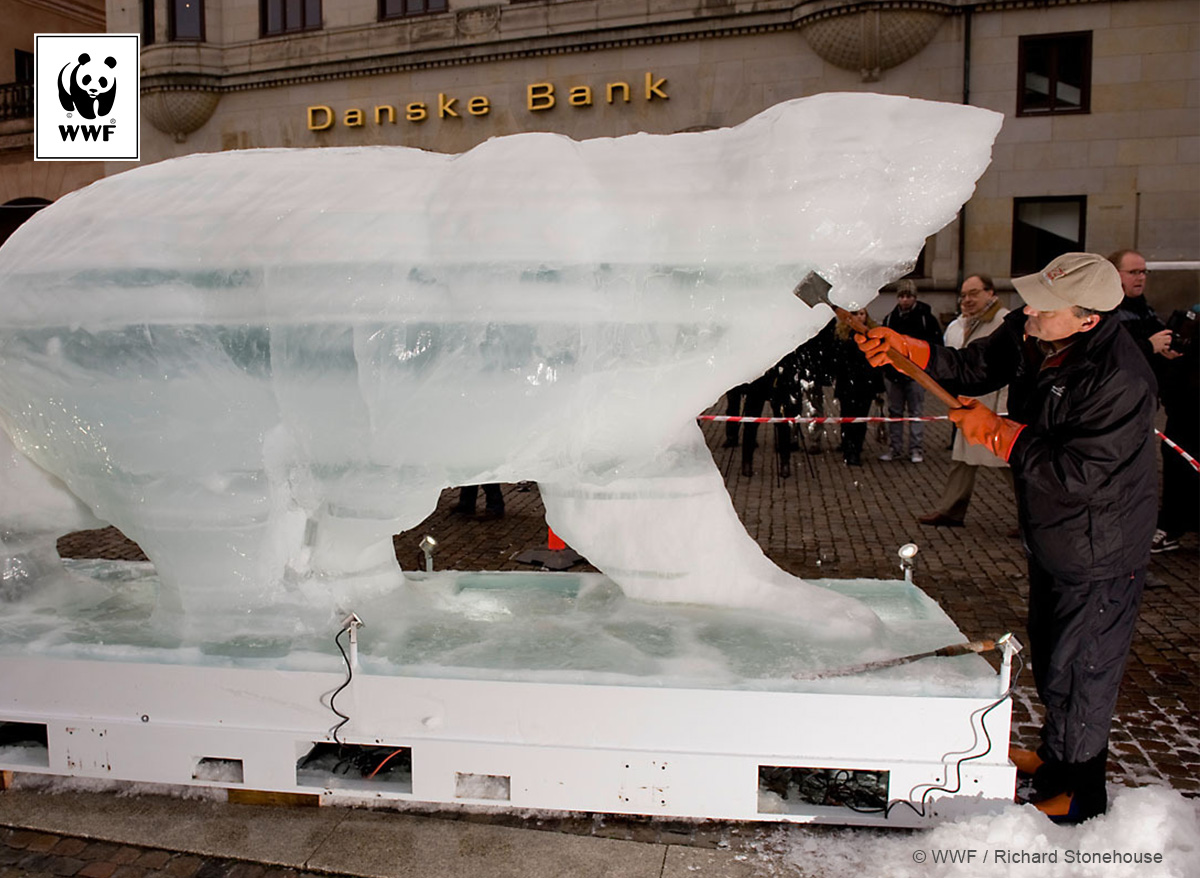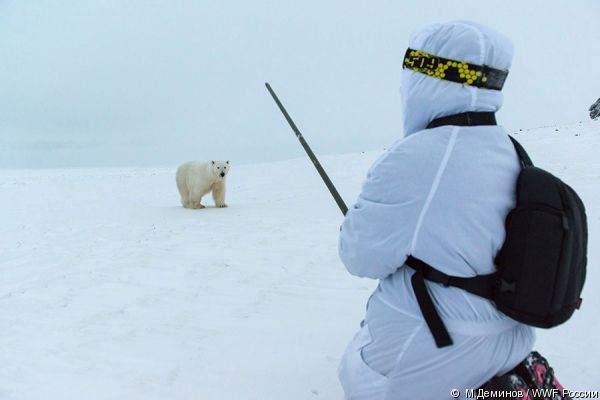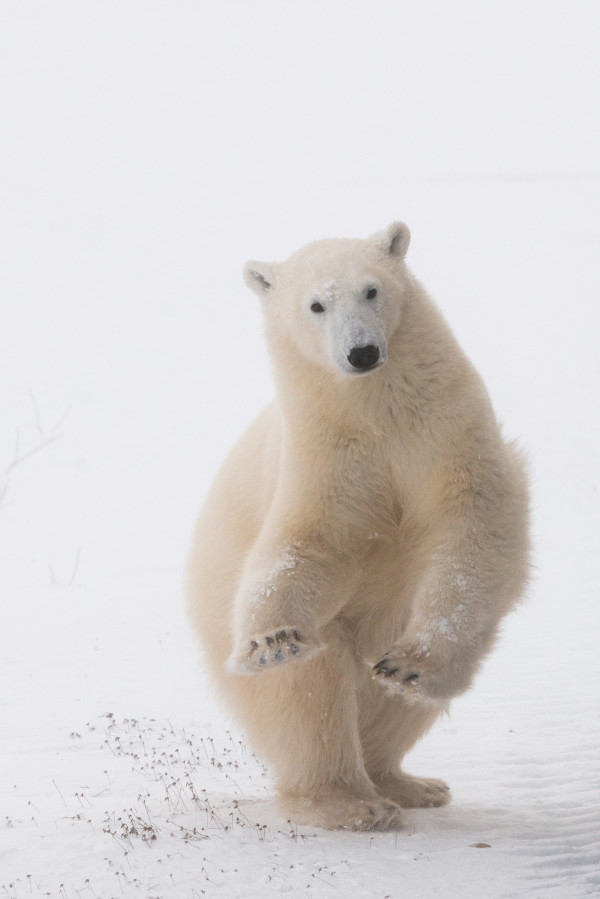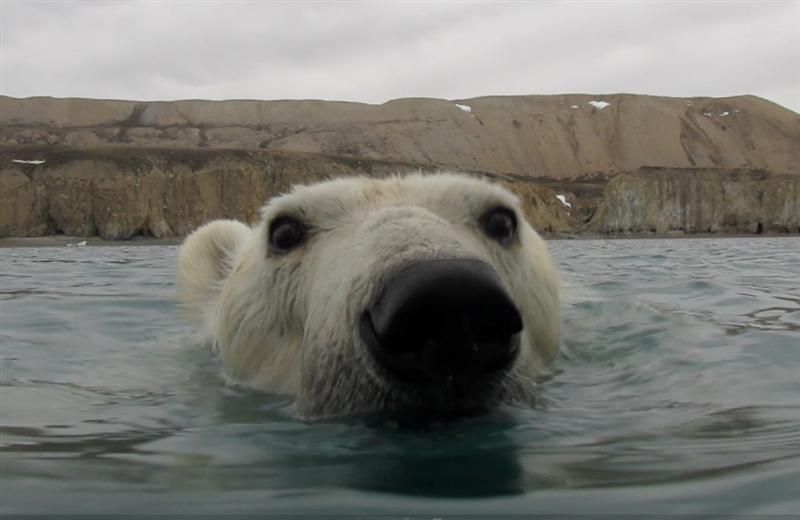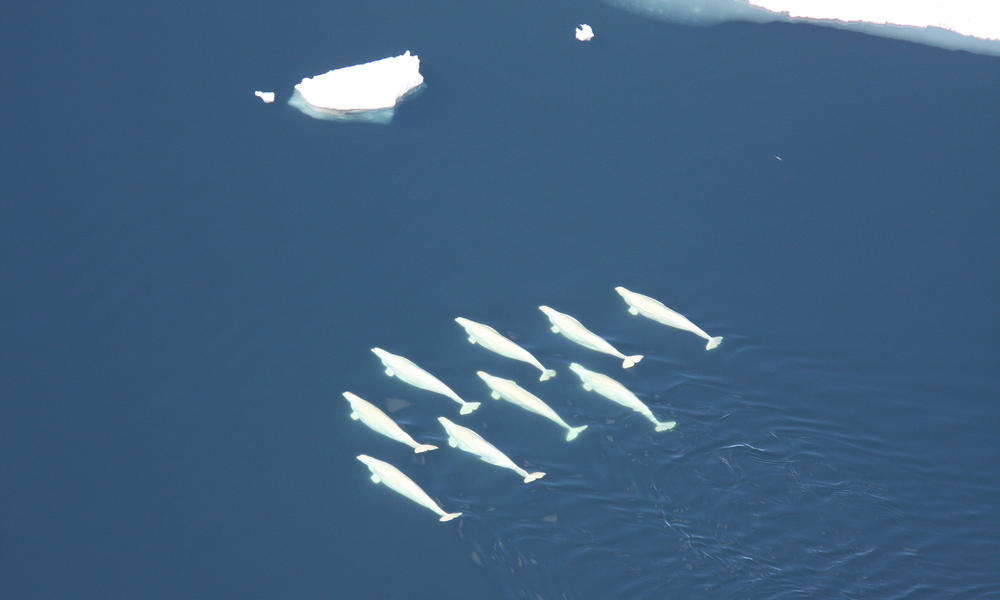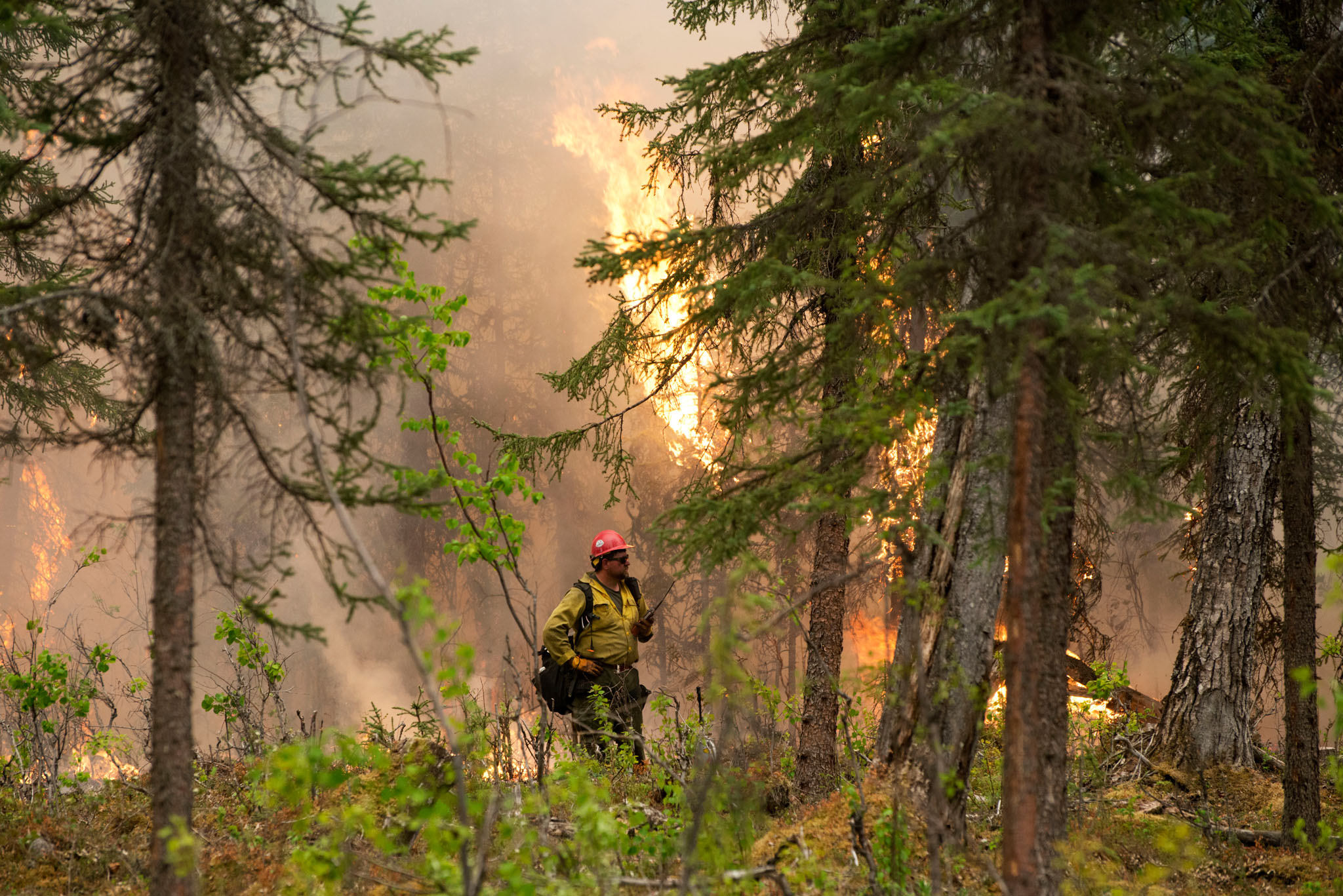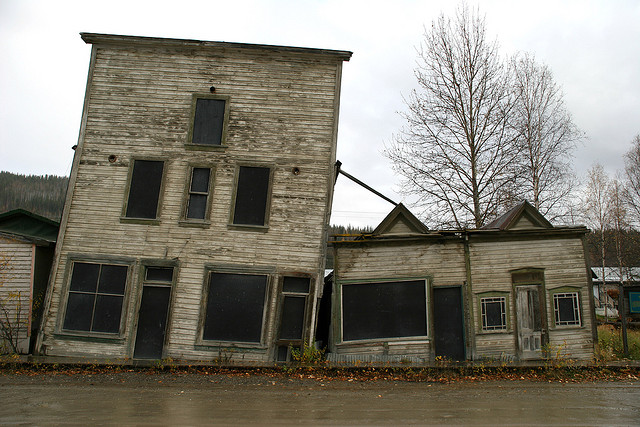This article originally appeared in The Circle, WWF’s quarterly Arctic journal, issue 01.16. See all articles here. Previous issues of The Circle can be downloaded here.

Gone are the days of the 19th and early 20th century when Britain’s Royal Navy ruled the seven seas and saw itself as the world’s peacekeeper through flying the flag or – on occasion – using its gunboat diplomacy. Also gone are the days when British explorers were among the few that first mapped the most remote and inhospitable regions of our planet. While the balances of power have changed, as LORD ROBIN TEVERSON points out, geography has not. Teverson is a Liberal Democrat politician in the British parliament’s House of Lords.
BRITAIN IS STILL the nearest neighbouring non-Arctic state. The northernmost tip of the British Isles, the Shetland Island’s ‘Out Stack’ or Oosta, is a mere 320 nautical miles south of the Arctic Circle. The Arctic remains a part of the UK’s backyard. What happens there – climate change, pollution, security, shipping routes, or territorial claims – has a knock-on effect on British interests.
This is why the House of Lords took the decision in 2014 to set up a select committee to scrutinise the Government’s policies for the High North. We set about our task by taking evidence in parliament while members visited the Yukon, Iceland, Tromsø and Svalbard.
The impetus for our enquiry was one of change. The Arctic is the region of greatest transformation on our planet – the fastest rising temperatures, melting ice, increasing mineral exploration, the start of mass tourism, and opening sea routes.
From a diplomatic point of view, Britain may still be a major player in research and an observer at the Arctic Council. However, its historic activity is at risk of being eclipsed by the welcome interest of more distant nations, not least from Asia.
As the committee undertook its work it also became clear that the UK had wider interests in the High North: London is a global centre of business, finance and insurance; it is the headquarters of the International Maritime Organisation and OSPAR (the Convention for the Protection of the Marine Environment of the North-East Atlantic); we have a long history of polar science and expertise from the North Sea on gas exploration.
The British Government produced its own Arctic policy document in 2013. It was cautiously called a ‘policy framework’ – avoiding the word ‘strategy’ so as not to be seen as too bold. But did this reticence risk sending out a signal of indifference to the rest of the world?
That same year the Arctic Council expanded the number of its observer states with the admission of China, India, Japan, South Korea, Singapore and Italy. Instead of being one of four original observer states, the UK was now one of twelve.
Our recommendations were wide ranging:
- the UK should appoint an Arctic Ambassador to coordinate the UK’s North Polar activities and raise our northern game
- there should be a moratorium on fishing in Arctic international waters until the ocean’s ecology is far better understood
- the UK’s contribution to polar research should be increased, especially regarding permafrost thaw
- the fall in oil prices should be an opportunity to pause offshore exploration to resolve the very real environmental dangers.
- the Arctic Council should continue to receive the full support of the UK in its work as a successful regional organisation of governance
- the USA should ratify the UNCLOS treaty (the United Nations Convention on the Law of the Seas) that will determine the many territorial claims around the Pole
- the UK should work to help isolate other wider geopolitical problems. The Crimean annexation took place during the work of the committee but Arctic cooperation needs to continue despite wider tensions.
There were many other recommendations, not least supporting the robust involvement of the Indigenous peoples of the Arctic. But we also strongly recommended that the European Union should at last be given full observer status at the Arctic Council.
It could be argued that with Denmark, Sweden and Finland as full members of the Council, and seven other EU states as observers, it is hardly necessary. But the EU is a major supranational power that can act as an important coordinator of external action: it has one of the world’s largest research budgets and it is a key player in fisheries management in northern waters adjoining the Arctic. The EU has been an ‘ad hoc’ observer since 1998. The move to a permanent official role has been soured by the dispute with Canada over seal products. Now that this has been resolved, it is the EU’s robust reaction to Russia’s intervention in Ukraine that is proving to be the barrier.
There is no doubt that the EU as a fully-fledged observer would be beneficial to the Arctic’s future and strengthen the Arctic Council itself. The Arctic Council is young in terms of international organisations and has a good track record of success. It is in the interest of all countries, including the UK, that the Council increases its authority and is successful as the Arctic undergoes continued rapid change.
